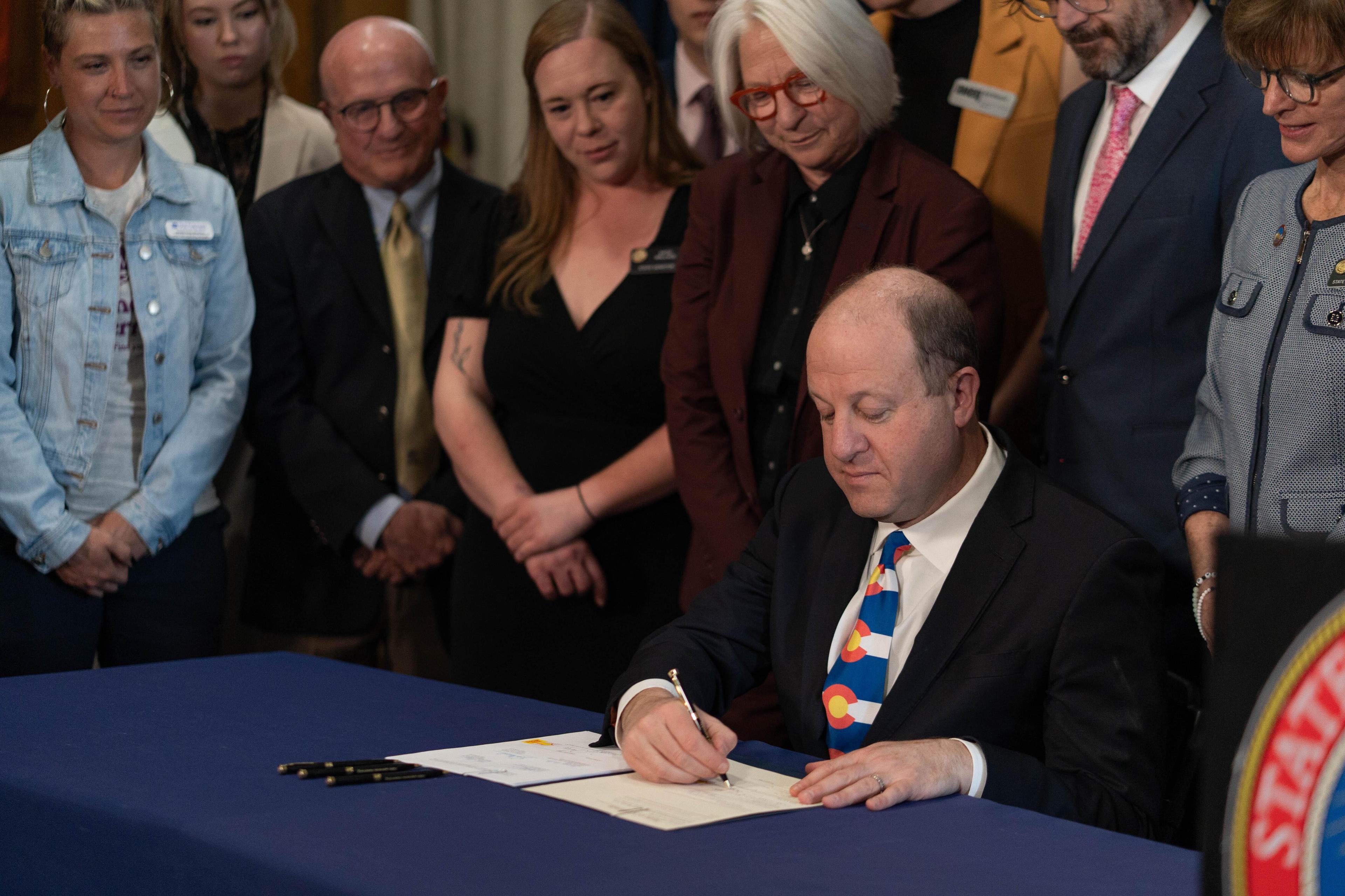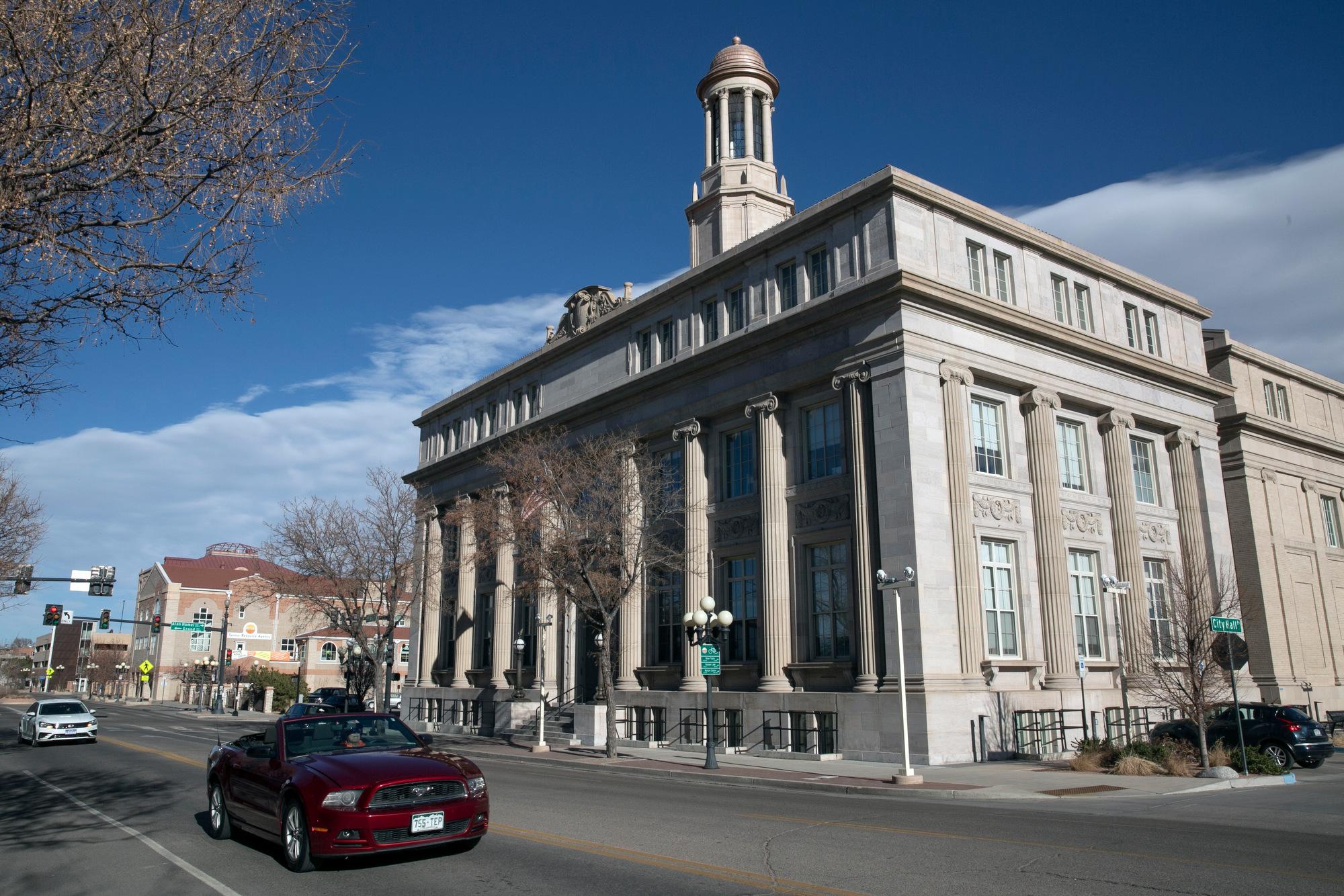
Cosmo, Colorado State University’s stinky and rare corpse flower, bloomed for the first time Saturday night.
Hundreds of people are lined up Sunday, completely circling the block on the CSU campus that holds the Plant Growth Facilities, to catch a glimpse and a selfie of Cosmo. The rare corpse flower is the largest inflorescence — or collection of flowers acting as one — in the plant kingdom. Most years, corpse flowers only partially bloom, creating a large, stem-like structure before returning to dormancy.


However, this year, Cosmo fully bloomed, a rare occurrence that only happens once every several years. Instead of a tall stem, the plant produces a large red flower bud with a pale stem protruding from the center. While the sight is pretty, the smell is not. For the first 12 hours after bloom, the flower emits a strong smell that has been compared to rotting flesh.
The public is invited to view Cosmo for free from 9 a.m. to 3 p.m. at the CSU Plant Growth Facility Conservatory next to the Monfort Quadrangle in Fort Collins. The facility will be open as long as Cosmo remains in bloom.
On Sunday afternoon, May 26, hundreds of people lined up around the block in order to visit the plant, which by that time was emitting a significantly lesser odor than late Saturday night, said volunteer Sal Greenberg, a graduate student in plant pathology, who was helping visitors asking questions and snapping photos.
Those who are unable to make it in person can watch CSU’s livestream, which is notably smell-free.

For patient flower enthusiasts, the next corpse flower bloom is likely to happen at the Denver Botanic Gardens, which cares for two corpse flowers. They last bloomed in 2018 and 2022.








